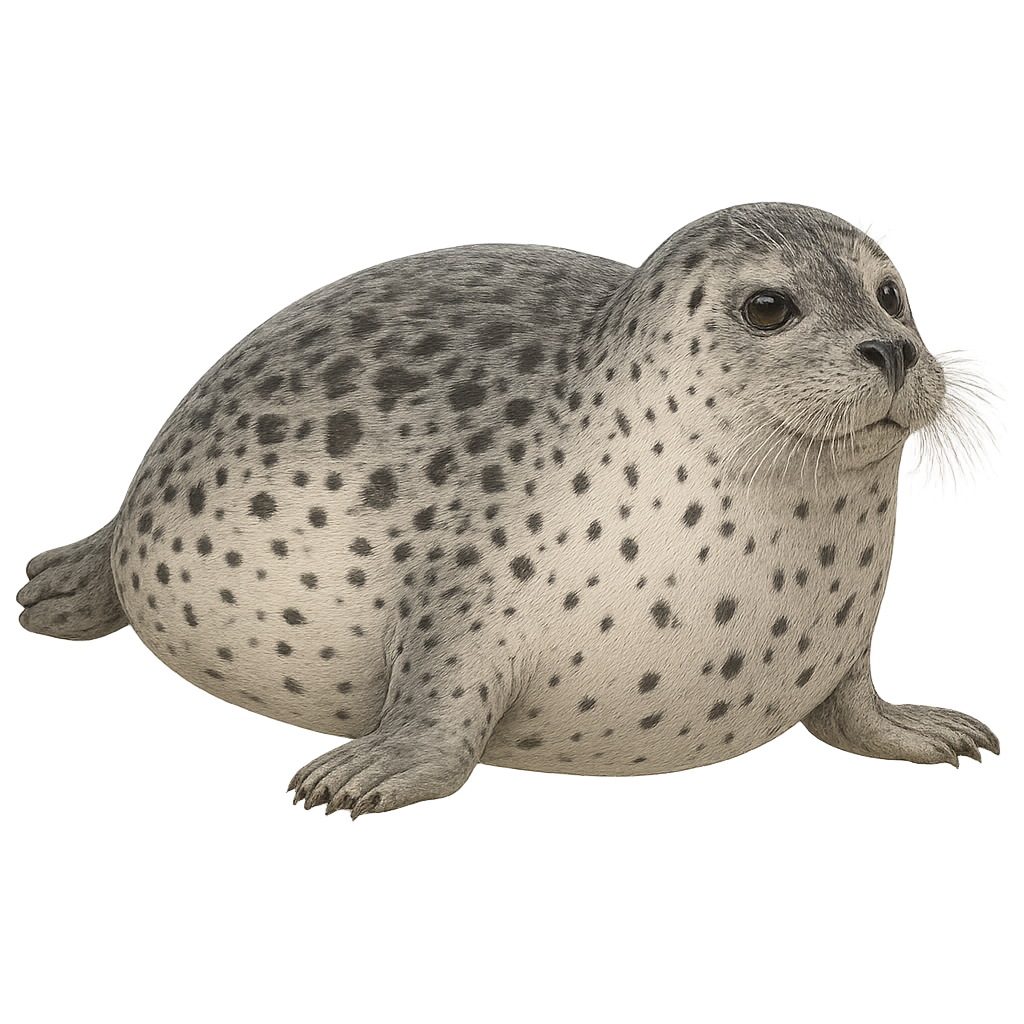Your wildlife photography guide.
Explore the spotted seal in detail, study its behavior, prepare your shots.
Where to observe and photograph the spotted seal in the wild
Learn where and when to spot the spotted seal in the wild, how to identify the species based on distinctive features, and what natural environments it inhabits. The WildlifePhotographer app offers tailored photography tips that reflect the spotted seal’s behavior, helping you capture better wildlife images. Explore the full species profile for key information including description, habitat, active periods, and approach techniques.
Spotted seal
Scientific name: Phoca largha

IUCN Status: Least Concern
Family: PHOCIDAE
Group: Mammals
Sensitivity to human approach: Suspicious
Minimum approach distance: 20 m
Rut period: April to May
Gestation: 30-35 jours
Births: May to June
Habitat:
Rocky coasts, ice floes, estuaries
Activity period :
Activity varies depending on season, weather, or human pressure.
Identification and description:
The spotted seal, or Phoca largha, is a medium-sized marine mammal known for its light gray coat adorned with dark spots. It primarily inhabits the cold waters of the North Pacific Ocean, particularly around the coasts of Alaska, Russia, and Japan. This seal is well adapted to aquatic life, with a streamlined body and powerful flippers that allow it to swim gracefully. It feeds mainly on fish, crustaceans, and cephalopods. Spotted seals are often solitary but may gather in small groups during the breeding season or at haul-out sites. Their population is currently stable, although threats such as pollution and climate change may impact their habitat.
Recommended lens:
400 mm – adjust based on distance, desired framing (portrait or habitat), and approach conditions.
Photography tips:
To photograph the spotted seal, it is advisable to use a telephoto lens of at least 400 mm to capture detailed images without disturbing the animal. Seals are often seen on rocky coasts or ice floes where they rest. Opt for times of the day when the light is soft, such as morning or late afternoon, to get well-lit shots. Keep a safe distance of at least 20 meters to avoid disrupting their natural behavior. Be patient and discreet to capture authentic moments of their daily life.
The WildlifePhotographer App is coming soon!
Be the first to explore the best nature spots, track rutting seasons, log your observations, and observe more wildlife.
Already 1 432 wildlife lovers subscribed worldwide

